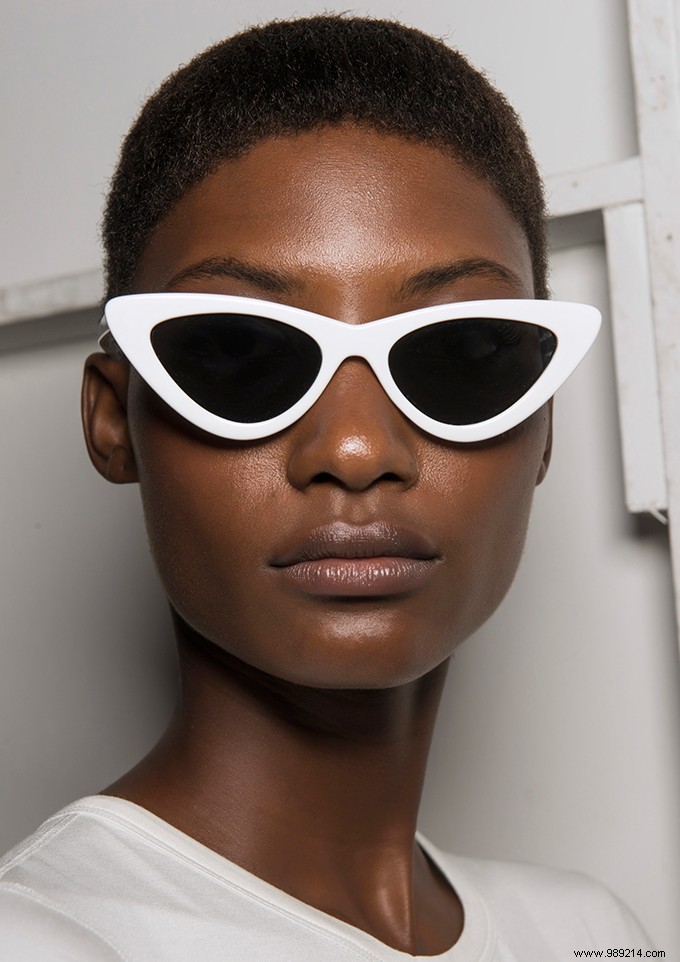 The harmful effects of the sun's rays on the skin are known, but those on the eyes are less so. But they turn out to be just as formidable. Indeed, without effective sun protection, the eyes are damaged and age prematurely.
The harmful effects of the sun's rays on the skin are known, but those on the eyes are less so. But they turn out to be just as formidable. Indeed, without effective sun protection, the eyes are damaged and age prematurely. As for the skin, the main danger for the eyes comes from the invisible components of the sun, in particular ultraviolet A and B (UVA and UVB). These rays, which concentrate a large amount of energy, strike the surface of the eye and are absorbed by all its tissues, where they sometimes cause irreversible damage.
It is therefore necessary to wear sunglasses on vacation, but also in town during the summer season because the white stone or glass facades of the buildings reflect the rays.
Located on the surface of the eye, the cornea is at the forefront. It only takes one to two hours of brutal exposure for it to become inflamed and develop keratitis. This condition manifests six to twelve hours later in the form of redness, tingling, tearing and blurred vision.
"It is spectacular, observes Dr. Marcel Ceddaha, ophthalmologist, but it is generally cured in a few days". This superficial burn is only dangerous if it occurs repeatedly.
The consequences of overexposure to the lens are more serious. This small transparent lens, placed behind the iris, has a solar capital that erodes over the years, like the skin. When it receives too much UV, it becomes opaque.
Result:a cataract sets in prematurely. The vision begins by blurring, "as if we were looking through a window full of fog", explains Dr. Marcel Ceddaha, Then it gradually decreases, until it becomes inoperative. The only solution to avoid blindness:to have an artificial lens implanted. According to the WHO, 20% of cataracts are linked to too much sun.
Video of the day: 
Matteo Valle / imaxtree.com
On the other hand, the rays do not alter the retina, which lines the back of the eye. Contrary to popular belief, UV rays do not accelerate the onset of age-related macular degeneration (AMD), which induces permanent loss of central vision. "This hypothesis has been suggested on several occasions, but no scientific study has proven the link between UV and AMD, assures Pr. Eric Souied, head of the ophthalmology department at Créteil hospital.
It could even be that the sun has a beneficial effect on the retina, because there are fewer cases of AMD in countries with strong sunlight".
Opt for glasses that bear the CE logo and have a wrap-around frame to avoid lateral radiation. Don't be fooled by the color of the lenses . We tend to think that the darker they are, the better the eyes are protected. But this is false:color protects against glare, not UV. It's even the opposite:a dark lens without a UV filter causes the pupils to dilate, therefore a more massive entry of the rays inside the eyes. UV protection is provided by the material of the lens or by the treatment it has undergone .
In town, category 2 or 3 glasses are sufficient. But by the sea, category 3 becomes essential because water and sand reflect up to 30% of the rays. On the other hand, if you practice a water sport or hike in the mountains, it is better to wear category 4 glasses, even if the sky is cloudy.
Read also: